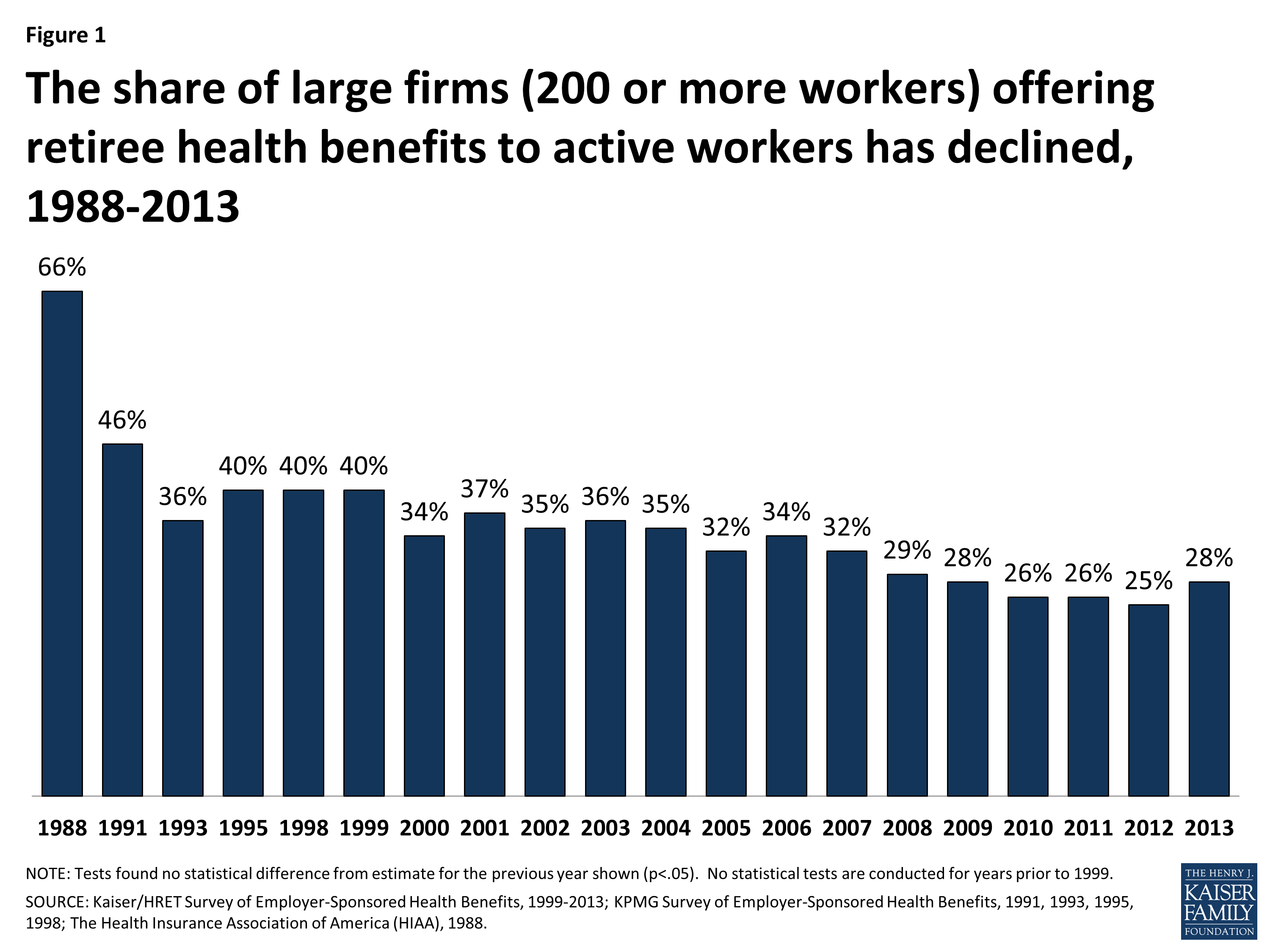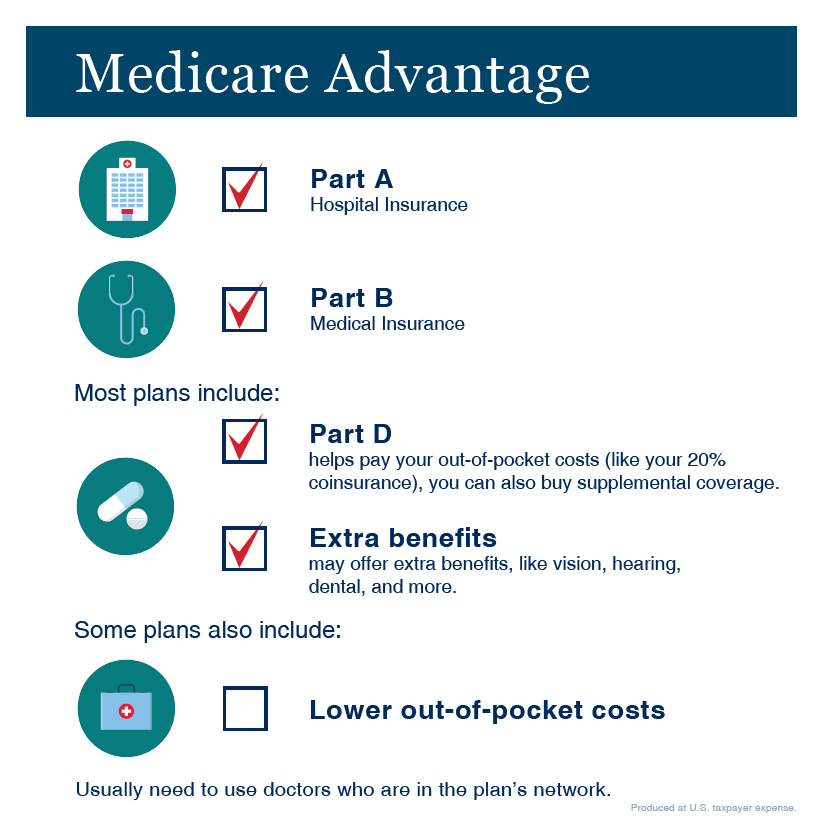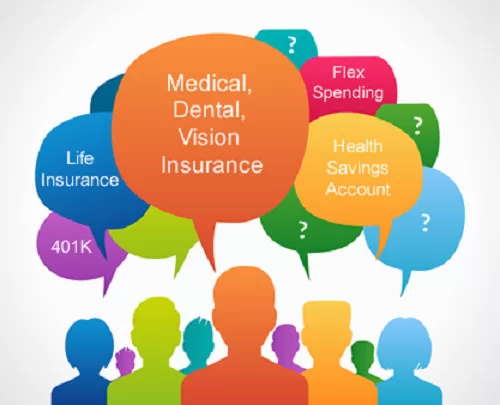Indicators on Medicare Advantage Agent You Need To Know
Indicators on Medicare Advantage Agent You Need To Know
Blog Article
What Does Medicare Advantage Agent Do?
Table of ContentsThe Only Guide to Medicare Advantage AgentThe Buzz on Medicare Advantage AgentThe 10-Minute Rule for Medicare Advantage Agent

complies with from perplexing the reasonably young age profile of the uninsured with the much better health, generally, of more youthful persons. This covers the web link in between wellness status and medical insurance. For those without accessibility to office medical insurance, poor wellness is a possible barrier to acquiring nongroup insurance coverage due to the fact that such protection may be very priced, exclude pre-existing conditions, or be merely not available. The variety of without insurance Americans is not particularly large and has not transformed in recent times. 7 out of ten respondents in an across the country depictive survey thought that less Americans did not have wellness insurance coverage than really do(Fronstin, 1998). About fifty percent(47 percent )thought that the number of individuals without health insurance lowered or remained constant over the latter fifty percent of the last decade(Blendon et al., 1999). This drop of nearly 2 million in the number of individuals 'without insurance coverage (a reduction
of about 4 percent)is certainly a positive change. With a softer economy in 2000 the most up to date reported gains in insurance protection may not proceed(Fronstin, 2001 ). The decline in the number of uninsured will certainly not continue if the economic situation remains slow-moving and wellness care prices remain to outmatch inflation. This is due to the fact that the information were collected for a period of strong economic efficiency. Of the estimated 42 million individuals who were without insurance, all yet about 420,000(about 1 percent)were under 65 years old, the age at which most Americans become qualified for Medicare; 32 million were adults between ages 18 and 65, about 19 percent of all adults in this age team; and 10 million were children under 18 years of age, regarding 13.9 percent of all youngsters (Mills, 2000). These quotes of the variety of persons without insurance are created from the annual March Supplement to the Existing Populace Survey (CPS), carried out by the Census Bureau. Unless otherwise noted, nationwide price quotes of individuals without medical insurance and proportions of the populace with various sort of protection are based upon the CPS, the most extensively used source of price quotes of insurance policy protection and uninsurance prices. These surveys and the price quotes they generate are explained briefly in Table B. 1 in Appendix B - Medicare Advantage Agent. These studies differ in dimension and sampling approaches, the concerns that are asked regarding insurance
Medicare Advantage Agent Things To Know Before You Buy
insurance coverage, and the time period over which insurance coverage or uninsurance is measured(Lewis et al., 1998, Fronstin, 2000a ). Still, the CPS is specifically useful due to the fact that it generates yearly price quotes relatively swiftly, reporting the previous year's insurance policy coverage estimates each September, and due to the fact that it is the basis for a regular set of estimates for more than 20 years, permitting evaluation of patterns in protection with time.

5 Easy Facts About Medicare Advantage Agent Explained
Over a three-year period beginning early in 1993, 72 million people, 29 percent of the U.S. populace, lacked protection for a minimum of one month. Within a solitary year(1994), 53 million individuals experienced at least a month without protection(Bennefield, 1998a). Six out of every ten uninsured grownups are themselves utilized. Functioning does improve the likelihood that one and one's household participants will have insurance policy, it is not a guarantee. Also participants of family members with 2 full time breadwinner have nearly a one-in-ten chance of being uninsured (9.1 percent without insurance rate)(Hoffman and Pohl, 2000 ). The relationship between wellness insurance policy and access to care is well established, as documented later in this chapter. The connection between health and wellness insurance coverage and health and wellness end results is neither straight nor straightforward, a comprehensive professional and health and wellness solutions study literary works web links wellness insurance coverage
to improved access accessibility care, better qualityTop quality and improved boosted and population health health and wellness. For instance, the second record, on individual wellness end results for uninsured adults, is represented by the innermost circle of the number, while the third record, on family members well-being, includes the topics of the second record but highlights a various unit of analysis, specifically, the family members. The 6th report in the series will offer info regarding techniques and initiatives undertaken in your area, statewide, or country wide to attend to the absence of insurance coverage and its negative influences. Levels of analysis for examining the effects of uninsurance. This conversation of health insurance protection focuses largely on the united state population under age 65 due to the fact that virtually all Americans 65 and older have Medicare or various other public coverage.
It focuses especially on those without any type of wellness insurance policy for any type of size of time. The troubles dealt with by the underinsured remain in some aspects comparable to those dealt with by the uninsured, although they are typically much less serious. Uninsurance and underinsurance, nevertheless, entail clearly different plan issues, and the techniques for addressing them may vary. Throughout this research and the five records to follow, the main emphasis gets on persons without health insurance coverage and therefore no assistance in spending for wellness treatment past what is available through charity and safeguard organizations. Health insurance policy is an effective variable impacting receipt of care because both patients and doctors reply to the out-of-pocket cost of solutions. Medical insurance, however, is neither required neither sufficient to get to clinical solutions. The independent and direct result of health
insurance coverage protection access to health services is well establishedDeveloped Others will get the health and wellness treatment they require even without health insurance, by paying for it out of pocket or seeking it from companies that supply treatment totally free or at highly subsidized prices. For still others, health insurance alone does not make certain receipt of treatment due to other nonfinancial barriers, such as an absence of wellness care carriers in their area, minimal access to transport, illiteracy, or linguistic and social distinctions. Formal research regarding uninsured populations in the USA dates to the late 1920s and very early 1930s when the Committee on the Cost of Medical Treatment produced a collection of records regarding financing doctor office sees and hospitalizations. This concern became significant as the numbers of medically indigent climbed throughout the Great Depression. Empirical research studies consistently sustain the link in between access to care and improved wellness outcomes(Bindman et al., 1995; Starfield, 1995 ). Having a regular resource of care can be thought about a forecaster of gain access to, use this link as opposed to a direct step of it, when health end results are themselves utilized as gain access to signs. This extension of the idea of access measurement was made by the IOM Board on Keeping An Eye On Accessibility to Personal Health Treatment Solutions(Millman, 1993, p. Whether or not moms and Recommended Reading dads are guaranteed shows up to affect whether their youngsters get treatment in addition to how much careeven if the youngsters themselves have coverage(Hanson, 1998). The health of moms and dads can affect their capability to take care of their youngsters and the level of family members stress and anxiety. Worrying regarding their youngsters's access to care is itself a source of stress and anxiety for parents. 3 phases adhere to in this report. Chapter 2 gives an overview of exactly how employment-based health insurance coverage, public programs and specific insurance policies operate and communicate to offer comprehensive yet insufficient protection of the united state population. This includes a testimonial of historic fads and public laws affecting both public and exclusive insurance policy, a conversation of the interactions amongst the different sorts of insurance, and an evaluation of why individuals move from one program to an additional or wind up

Report this page